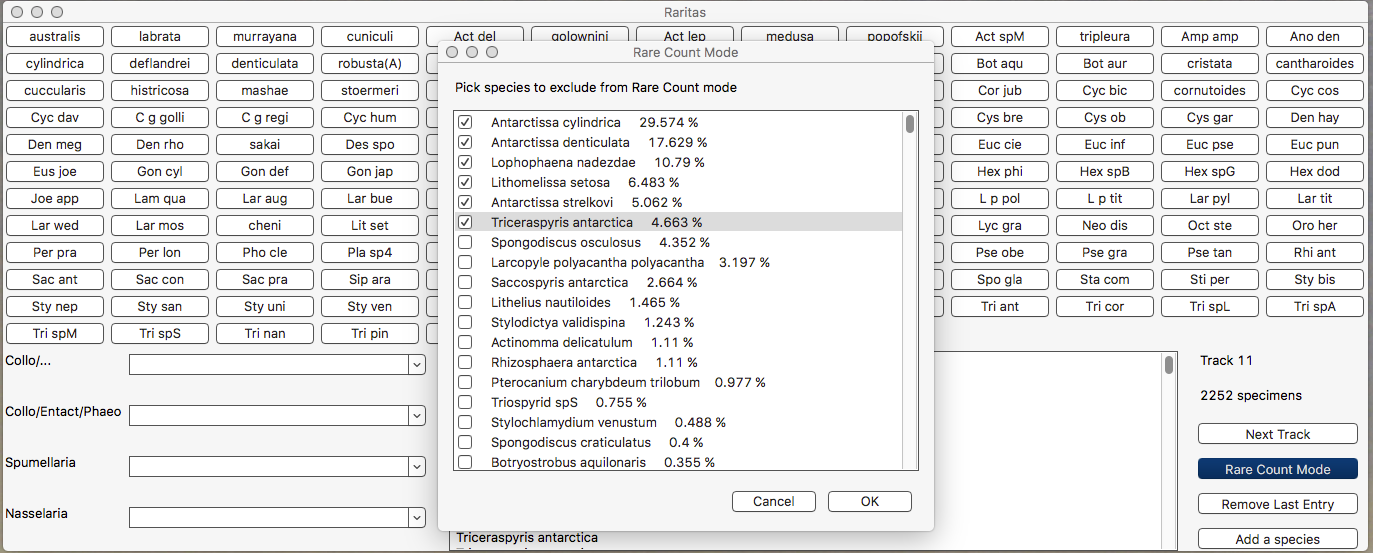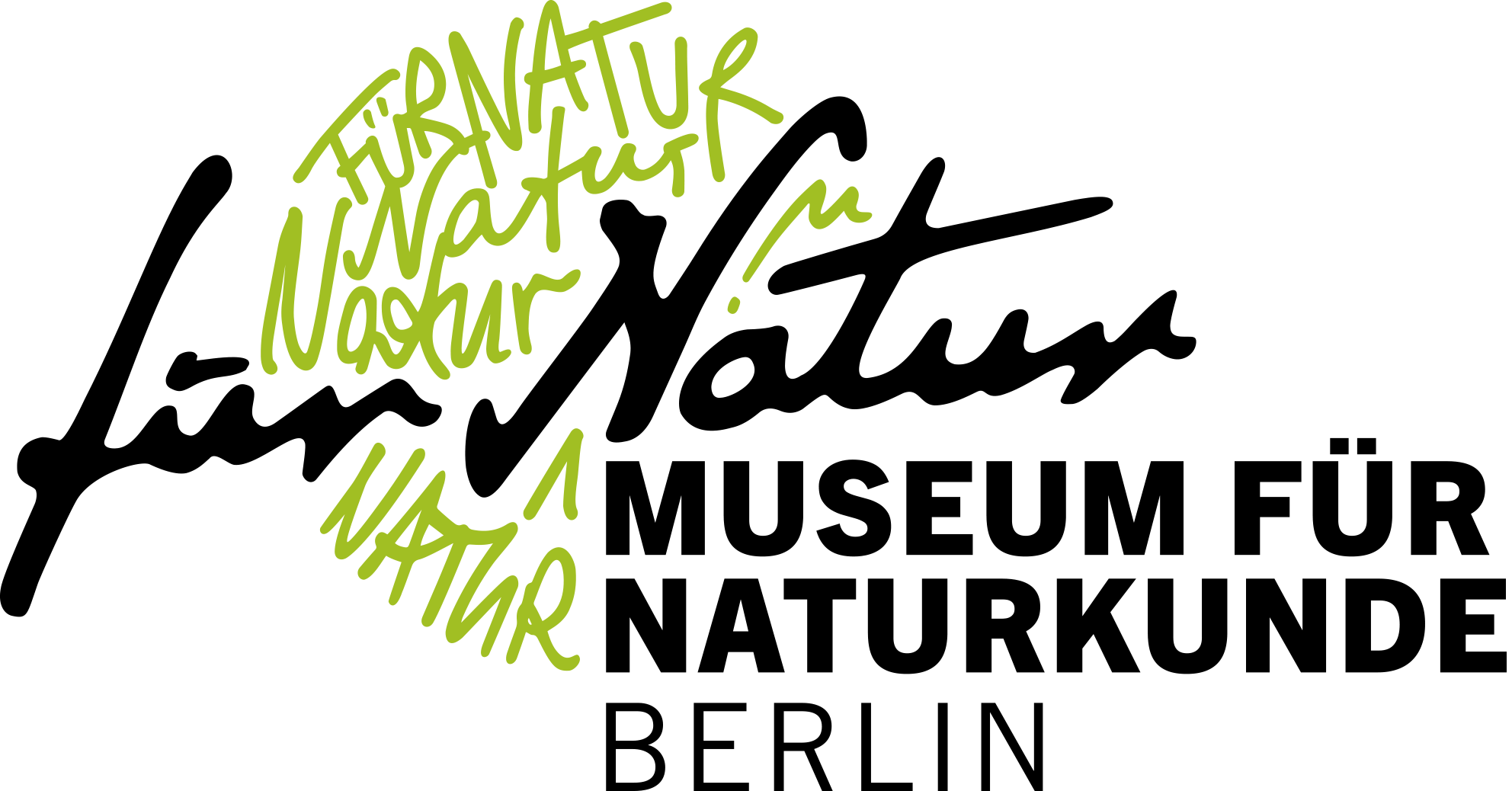Software
GUI available for Mac (El Capitan and beyond), PC (Windows 7 and 10) and Ubuntu (Xenial). Otherwise, open-source code runs on python with wxpython and matplotlib.
This is a counter software allowing the use of a large amount of counting categories and of a "Rare Count Mode" for
stratified counting. Output files are 2 tab-separated files: one showing the species vs specimens count, and the second a tally of the specimens counted per species, written following the metadata-rich SOD format (i. e. the input format of NSB database).
Further explanations are given in the article describing it:
Lazarus, D. B., Renaudie, J., Lenz, D., Diver, P., and Klump, J. (2018). Raritas: a program for counting high diversity categorical data with highly unequal abundances. PeerJ, 6:e5453.
GUI currently available for Mac (High Sierra and beyond) and for Windows 10. Otherwise, the open-source code can be run using python 2.7 with wxpython, psycopg2, sqlalchemy, pandas and matplotlib.
This is an interactive software allowing the user to check the NSB database's age models and how they were built, to modify them, to create new ones, etc.
The original software was written in True Basic by David Lazarus (
Lazarus, 1992). During the Chronos project era, a Java version was written by Geoffrey Bohling (
Bohling 2005). The current python implementation was first written by Pat Diver, while Johan Renaudie ported it to wxPython and extended its functionalities.
Renaudie, J., Lazarus, D., and Diver P. (2019) NSB_ADP_wx, version 0.7.
An R package to allow users to download data from NSB straight into R and do some basic quality control (outlier detection with PacMan analysis; synonymy resolver with TNL). Includes functions to date DSDP, ODP or IODP samples based on NSB age models, to find paleocoordinates of a deep-sea drilling site, or to switch from one GPTS to another.
Renaudie, J. (2019) NSBcompanion, version 2.1.




